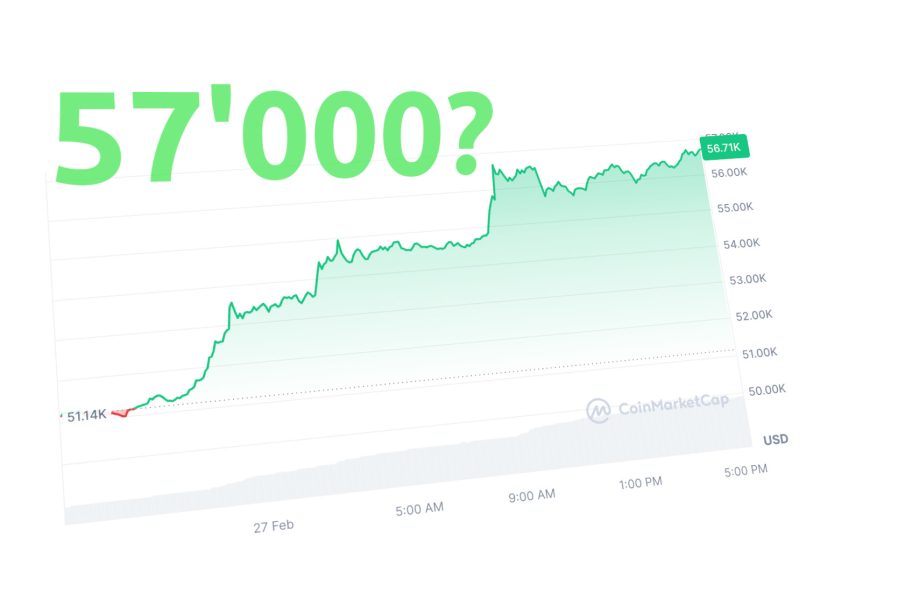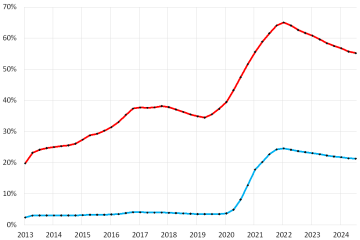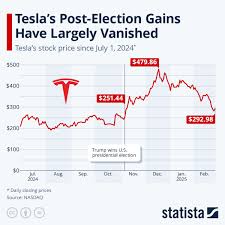Understanding Bitcoin USD: Trends and Implications

Introduction
Bitcoin, the world’s first cryptocurrency, has seen exponential growth since its inception in 2009. As digital currencies gain traction, Bitcoin’s value against major fiat currencies, particularly the US dollar (USD), has become an important metric for investors and economists alike. Understanding the relationship between Bitcoin and USD is crucial for grasping the evolving landscape of digital finance, especially as new regulations and technology emerge.
Current Trends in Bitcoin USD Valuation
As of late 2023, Bitcoin has experienced significant fluctuations in its value against the USD. After peaking at nearly $69,000 in November 2021, the cryptocurrency experienced a bear market that saw its price drop below $20,000 by early 2023. However, recent market analysis indicates a resurgence, with prices climbing back towards the $40,000 mark following increased institutional investments and positive sentiment from market analysts.
The rise can be attributed to several factors, including the growing acceptance of Bitcoin as a payment method by major corporations, increased media coverage, and the potential for Bitcoin to serve as a hedge against inflation. Additionally, developments such as the impending approval of Bitcoin ETFs (Exchange-Traded Funds) in the US have further buoyed investor confidence, leading to increased capital inflow into the market.
Impact of Global Events on Bitcoin USD
Geopolitical events, regulatory news, and economic trends play a significant role in affecting Bitcoin’s valuation. The ongoing fluctuations in global financial markets, including uncertainty surrounding traditional banking systems and inflationary pressures in many economies, have led to heightened interest in cryptocurrencies as alternative investment vehicles.
Furthermore, regulatory clarity in the US has been evolving, with the Biden administration and various regulatory bodies intensifying their focus on crypto assets. This scrutiny comes amid growing concerns regarding security, anti-money laundering measures, and consumer protection, which could shape the future of Bitcoin’s acceptance and price stability.
Conclusion
The relationship between Bitcoin and the USD remains a double-edged sword, with opportunities and risks. While Bitcoin’s potential as a store of value and medium of exchange is gaining recognition, investors should remain cautious of its inherent volatility.
As we move into 2024, it is essential for investors to stay informed about regulatory developments and market conditions. Those considering investing in Bitcoin should assess their risk tolerance and stay abreast of the evolving landscape, as the potential for growth alongside the uncertainty in the market presents both opportunities and challenges. Understanding Bitcoin’s relationship with USD will be vital for making informed investment decisions in the cryptocurrency space.









